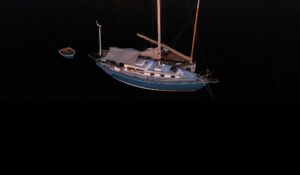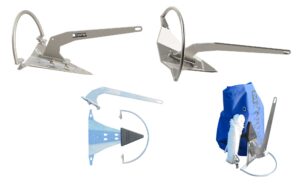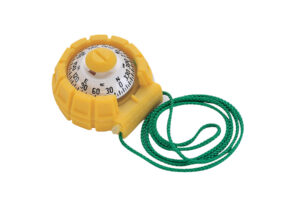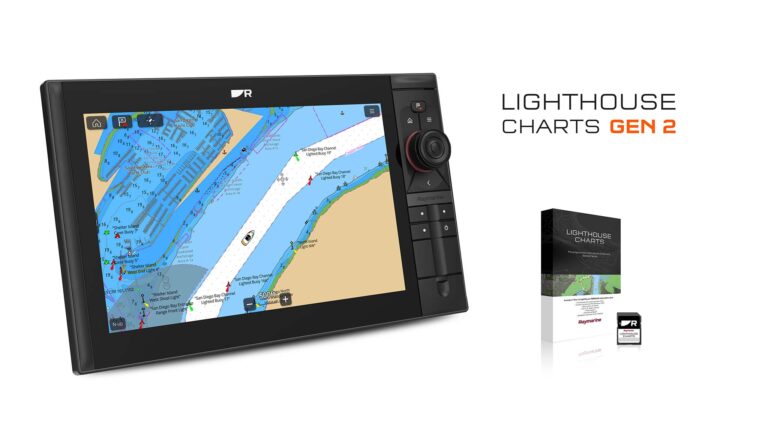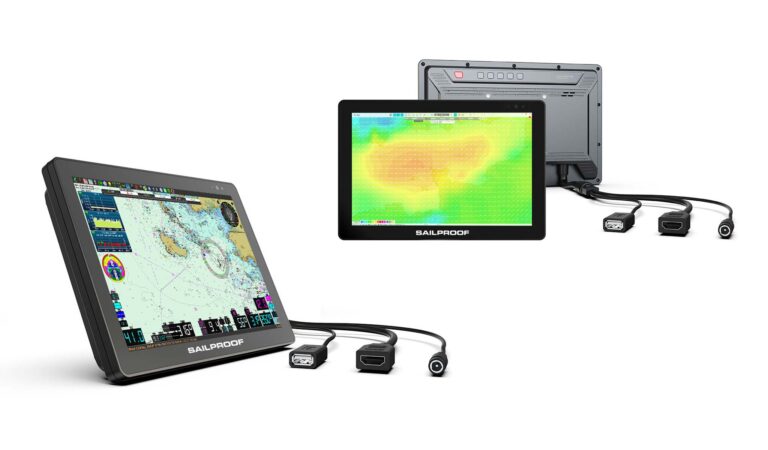
From splicing lines to emergency escapes, the right knife is an essential piece of safety equipment in any sailor’s kit. So how do you go about choosing a knife that’s appropriate for you? There are many features to consider, so let’s get down to the nuts and bolts of what you really need.
Getting Started
One of the first decisions you need to make when looking for a blade is whether to go with fixed or folding. With a folding blade, you get convenience and the fact that it can be easily tucked away. However, you also have to compromise in terms of durability and stability when you’re actually putting the blade to use. Fixed blades are typically stronger and easier to clean. But they are also generally bulkier and require a sheath for safe storage or carrying.
That said, with its Couteau de Sauvetage offshore rescue knife, Wichard is now offering a knife that in many ways offers the best of both worlds by providing the strength and simplicity of a fixed blade in a small, convenient package ($75, marine.wichard.com). Features include a fully serrated blade for easy line cutting and a bright-yellow, glow-in-the-dark handle for visibility in all conditions (black is also available). The blade itself is stainless steel and the handle polyurethane—corrosion-resistance is a must. At just over 7in, the knife is conveniently sized and easy to carry. This is important, since in an emergency if you can’t be bothered to have it within reach you might as well not have it at all.
Knots be Gone
If you spend much time on the water, you’re inevitably going to run into a knot that can’t be picked apart without the help of a marlinspike. Knife-marlinspike combinations are widely available. However, Sypderco’s Sal Glesser and his son, Eric, have taken the concept to a whole new level by integrating a patented ceramic ball-bearing locking mechanism into its Tusk model to ensure the spike doesn’t ever inadvertently close up on your hand ($400, spyderco.com). The spike itself also features squared-off edges, which Spyderco says improves knot picking capabilities. The knife is made using a combination of titanium and LC200N steel, making it one of the toughest blades out there.

Junior Sailors
In the wake of the tragic drowning of a young sailor caught in her trapeze harness after her 420 capsized a number of years ago, there was a push to include knives as an essential part of every young sailor’s kit. This in turn soon had parents looking for a blade that worked best. In fact, young sailors have very specific needs, since the sailing they do tends to be different from that of their parents. More often than not, for example, young sailors will find themselves out on the water on a daily basis, and because they typically sail dinghies, their knives are sure to get wet early and often. Then there’s the fact that marine-grade knives tend to be pricey and kids are not known for their ability to keep track of their possessions.
Enter Gill’s Marine Tool, a compact and affordable knife specifically configured for young dinghy sailors ($40, gillmarine.com). Measuring under 4in long and made from marine grade 420 Stainless Steel with a titanium coating, the knife includes a serrated blade for quick rope cutting, a shackle key, webbing cutter, 8mm spanner, flathead screwdriver and marlinspike. The red handle is specially designed to be easy to grip in both wet and dry conditions. It also comes with a nylon holster pouch for easy carrying and quick access.
MHS Winter 2021


